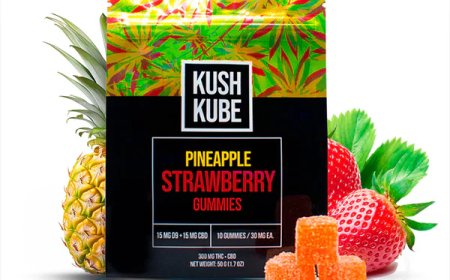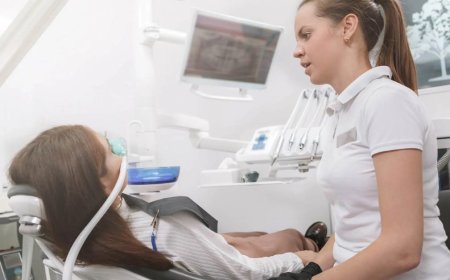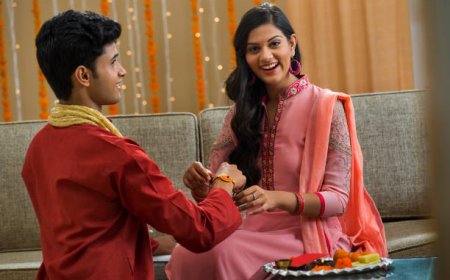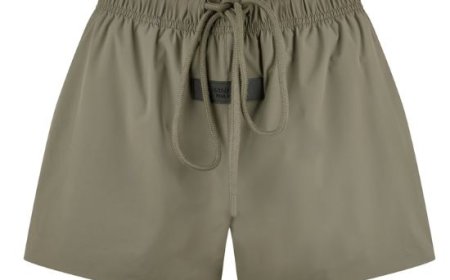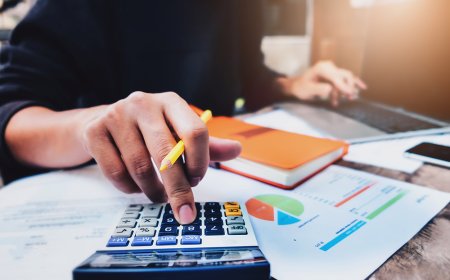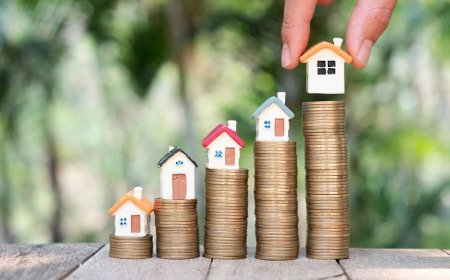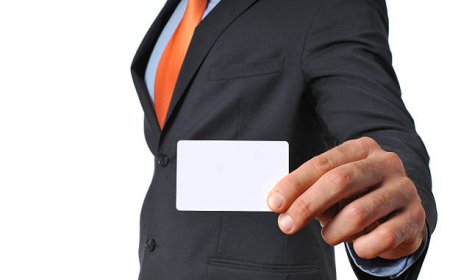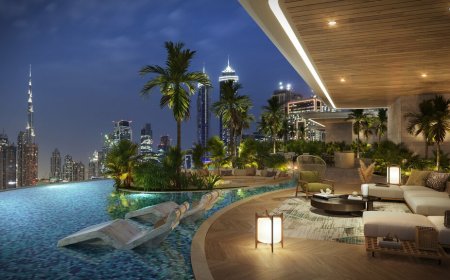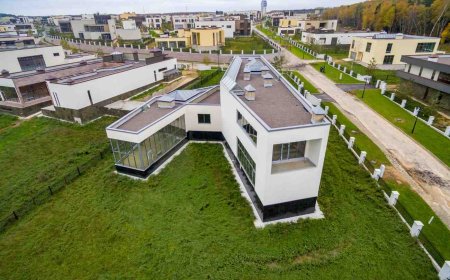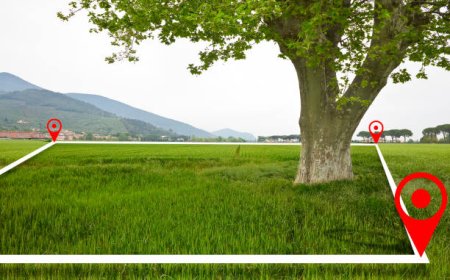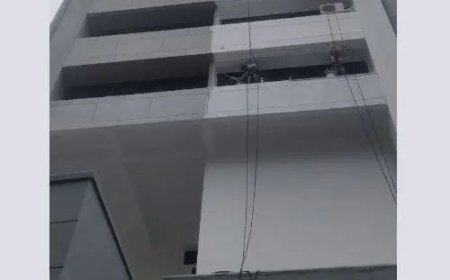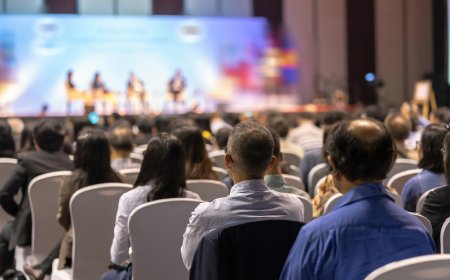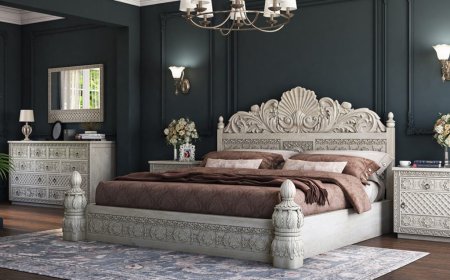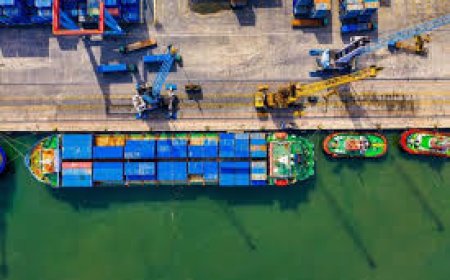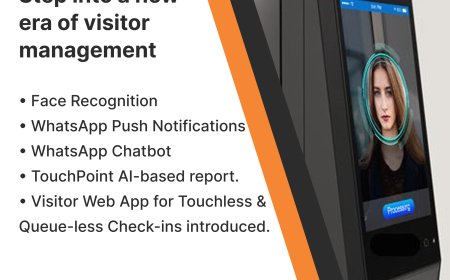Production Design in Film: Role, Definition & Key Elements
Discover what production design in film really means, its essential role in filmmaking, and the key elements every filmmaker should know.

When we talk about the magic behind movies, the visuals play a huge part. Thats where production design in film comes in. From the overall mood to every tiny prop, production design shapes the story's world. It blends creativity, planning, and storytelling to make audiences feel like theyve stepped inside another reality.
A great production designer works with directors and cinematographers to bring scripts to life. They control what you see on screen sets, costumes, color palettes, and more. Without production design, even the best story might fall flat visually. Thats why this role is crucial in filmmaking and deserves proper attention.
What is Production Design?
Production design is the art of creating a film's visual identity. It covers everything from the sets to props and costumes. A production designer oversees these visual details to match the directors vision.
This process involves extensive research and collaboration. The designer must understand the scripts tone and time period. They work with other departments to ensure the visuals remain cohesive and believable.
The Role of a Production Designer
A production designer is the creative head of the art department. They supervise set designers, prop masters, and costume teams. Every visual element passes through their hands before it appears on screen.
These designers must balance creativity with budget limits. They find ways to make sets look amazing without overspending. Its their responsibility to solve design problems and maintain visual consistency.
Key Responsibilities in Production Design
The responsibilities of production design extend beyond building sets. They include choosing locations, dressing sets, and deciding on the color scheme. All these aspects work together to build the films atmosphere.
Production designers also attend rehearsals to see how actors move in the space. They adapt designs if scenes require changes. This hands-on approach makes sure the final product looks authentic.
Collaboration with Other Departments
Production design requires teamwork. Designers work closely with directors, producers, and cinematographers. This ensures that the visual style aligns with the films narrative and technical needs.
Regular meetings and design presentations keep everyone on the same page. Open communication helps prevent costly mistakes during production. The result is a unified look that supports storytelling.
Elements of Effective Production Design
A good production design includes multiple elements that blend seamlessly. Its not just about big sets even the smallest props matter. Colors, textures, and lighting all add depth to the world onscreen.
Experienced designers create mood boards and sketches to share ideas. They gather references to make sure their vision feels grounded. This planning helps the team execute complex designs smoothly.
Designing Realistic Sets and Locations
A big part of production design is making locations feel real. This includes building sets from scratch or modifying existing places. Designers consider how the setting supports the story and characters.
Sometimes, studios build entire cities indoors for more control. In other cases, real-world locations are used. Either way, designers ensure every element looks believable for the audience.
Budgeting in Production Design
Managing the budget is a vital skill for any production designer. They need to know where to spend and where to save. A beautiful set shouldnt break the entire film budget.
This is where experience and creativity come in handy. Designers reuse materials, source affordable props, and negotiate with suppliers. Good budget management makes the design process sustainable.
Common Challenges Faced by Designers
Designers often deal with tight deadlines and limited budgets. Creative ideas sometimes clash with practical constraints. Flexibility and problem-solving are key traits for success.
Unexpected issues, like bad weather or last-minute script changes, can affect sets. Designers must adapt quickly. They always have backup plans to keep production moving forward.
Key Skills Every Production Designer Needs
-
Strong artistic vision
-
Communication and leadership skills
-
Budgeting and negotiation expertise
-
Attention to detail
-
Flexibility to solve problems creatively
Technologys Impact on Production Design
New technology has transformed production design. Digital tools make it easier to create detailed plans and virtual sets. Designers use 3D modeling to preview locations before building anything physically.
Virtual production, like LED walls and green screens, opens new creative possibilities. Still, traditional craftsmanship remains essential. Combining tech with hands-on artistry creates the best results.
Tips for Aspiring Production Designers
Working in production design takes hard work and passion. Beginners should study art, architecture, and film history. Watching how sets are built and designed helps build a strong foundation.
Internships and assistant roles are great starting points. They offer real-world experience and industry connections. With dedication, you can grow into a lead designers role.
Conclusion
Production design is more than just decorating a set its storytelling through visuals. From the color palette to the tiniest prop, every detail counts. A talented production designer can transport audiences to another time, place, or reality.
By understanding its definition, role, and key elements, filmmakers can better appreciate its impact. Whether youre a budding designer or a director, never underestimate the power of great production design in film. Its truly the art that makes cinema come alive.







